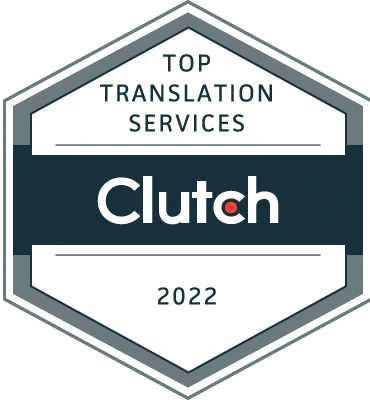Cultures Connection provided liaison interpretation services at the annual meeting of the International Spinal Cord Society, in Nice.
Nearly 1200 doctors met in Nice, on November 5–7 for another annual meeting of the International Spinal Cord Society, an institution that promotes excellence in the care of spinal cord injuries in men, women and children around the world. The goal: To share experiences and know-how related to the latest medical innovations and research in the prevention and treatment of spinal cord injuries. On one of the event’s days, Cultures Connection offered interpretation services at vendor stands, ensuring that attendees from around the world could understand the explanations on the latest medical services and products.
Doctors from around the world meet in Nice
The famous Nice Acropolis Convention Centre, only steps from the city centre, hosted the event, which since 1961 has been held in a different country each year, to promote best practices in the care of traumatic and non-traumatic spinal cord injuries.
According to the World Health Organisation, spinal cord injuries affect 250,000 to 500,000 people each year worldwide, and are especially prevalent among young men aged 20 to 29. Primary causes include transportation accidents, falls, and workplace accidents. While the percentage of people affected by this condition is relatively low compared to some others, spinal cord injuries are particularly problematic due to the complexity of their care and the lack of access to rehabilitation services and devices by those with reduced economic means.
The International Spinal Cord Society boasts 1000 doctor and scientist members in 87 countries. Forty years later, the organisation once again held its annual meeting in France, selecting Nice as host city. The latter has become a major centre for advanced technological and scientific research thanks to its Sophia-Antipolis Technology Park, as well as the Acropolis Convention Centre, voted “Best Convention Centre in Europe” for three consecutive years and a popular venue for many medical and scientific conferences.
Cultures Connection has its main offices in Nice and ample experience in covering these types of large scale international gatherings along the French Rivera. So it was only natural that it would be entrusted with contracting an interpreter and working on site with the event project manager to provide the client with any linguistic services needed.
A nexus for a Japanese audience
Despite the inherent challenges, thanks to public and private investment, the standards of medical care for persons with spinal cord injuries have risen considerably worldwide. As a result, the International Spinal Cord Society designed an innovative programme of presentations, workshops and interdisciplinary booths, catering not only to doctors specialising in spinal cord injuries, but also neurologists, neurosurgeons, traumatologists, physiotherapists, social workers, occupational therapists, orthopaedic surgeons, psychologists, sports therapists, and urologists.
Cultures Connection provided interpretation services in the event’s exposition hall where a variety of institutions and medical vendors had booths demonstrating their products and services. In particular, the agency offered English-Japanese liaison interpretation services to enable communication between visitors from Japan and English-speaking presenters.
As is customary with this type of interpretation, the Cultures Connection interpreter was present during times of direct contact between attendees. She would accompany Japanese attendees, translate their questions into English, and translate back the explanations by the vendors into Japanese.
Liaison interpretation has its own set of challenges. The interpreter must have considerable memorisation skills since they must retain the ideas being conveyed and then express them in another language immediately and accurately. Out of necessity, this work is performed for small groups.
A not-insignificant detail is that the interpreter also had to simplify a highly technical medical language in order to provide detailed explanations of how certain special devices work: i.e. urinary catheters designed to manage urinary incontinence, a common side-effect of spinal cord damage; or an electrical stimulator of the phrenic nerve, which delivers motor supply to the diaphragm, enabling patients who would otherwise need a mechanical ventilation machine to breathe on their own. Having experience in the medical field, as was the case of the Cultures Connection interpreter, makes such work easier.
Translation into English: Sean Mullen
Discover our interpretation services.



